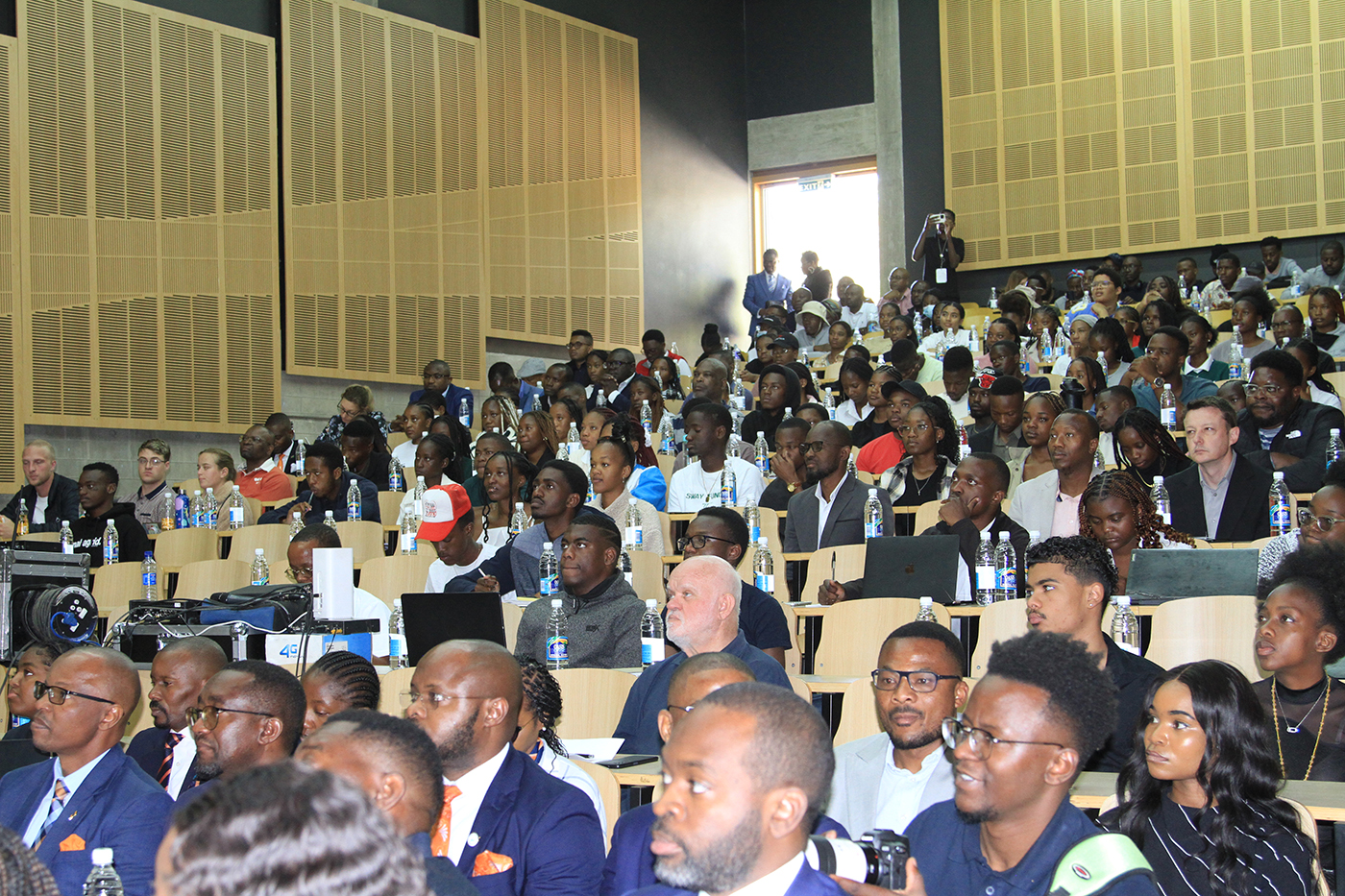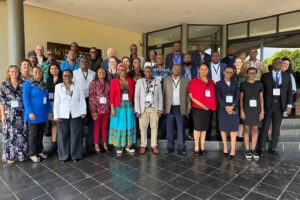The University of Namibia (UNAM), in collaboration with the Bank of Namibia (BoN), recently hosted a compelling Public Lecture themed “Modernising Namibia’s Financial Landscape for a Prosperous Future.”
The event brought together key stakeholders to address the challenges facing Namibia’s financial system considering technological, economic, demographic, and environmental shifts.

The primary objective of the lecture was to explore the transformative steps taken since 2020 to modernise Namibia’s financial system.
Financial landscape continues to evolve rapidly
In his opening remarks, UNAM’s Pro-Vice Chancellor, Prof. Frednard Gideon, lauded the collaboration between the two leading institutions.
He noted that it “serves as a testament to the shared commitment between academia and the financial sector in preparing the next generation of leaders to navigate the complexities of our evolving economic landscape.”
Prof. Gideon emphasised that as the financial landscape continues to evolve rapidly, it is essential for the nation to remain actively engaged with these changes.
This, he suggested, would ensure that Namibia builds a financial system that not only withstands the challenges ahead but also adapts to the diverse and growing needs of society.
A proactive approach, he argued, would help shape a more inclusive, stable, and forward-thinking financial framework capable of supporting long-term economic progress and social well-being.
New horizon for Central Banks
As the keynote speaker, BoN Governor Johannes !Gawaxab outlined the central bank’s strategic vision for modernising the financial system.
Among the strategies discussed, the governor focused on the development of a resilient and inclusive financial sector that will lay the foundation for a diversified and transformed economy.
“There is a need for monetary policy to support efforts aimed at transforming the Namibian economy and addressing pressing issues such as poverty, inequality, and unemployment,” he stated.
Governor !Gawaxab also gave the audience a forward-looking perspective on Namibia’s monetary future, labelling it “a new horizon for central banks.”
He explored the revolutionary impact of emerging technologies like Central Bank Digital Currencies (CBDCs), stablecoins, cryptocurrencies, and tokenisation on both domestic and cross-border transactions.
These innovations, he explained, have the potential to streamline and democratise financial interactions, making transactions faster, more efficient, and accessible to all Namibians.

“By embracing this digital transformation, we are not only changing how we receive and use money but also laying the groundwork for a more inclusive, transparent, and dynamic financial system that empowers individuals and businesses alike,” the governor added.
The public lecture provided a platform for engaging and thought-provoking discussions, with both students and guests actively contributing to the dialogue.
Topics of particular interest included the security of cryptocurrencies, the potential of commodity-backed currencies, and the importance of maintaining economic resilience.
Central to the conversation was the volatility in SACU revenues and its implications for national welfare, as well as the growing need for a financial ombudsman to ensure accountability and protect consumers.
These discussions highlighted both the challenges and opportunities facing Namibia’s financial system, reinforcing the need for continuous innovation and dialogue to build a resilient system that supports the growth and well-being of the nation.





